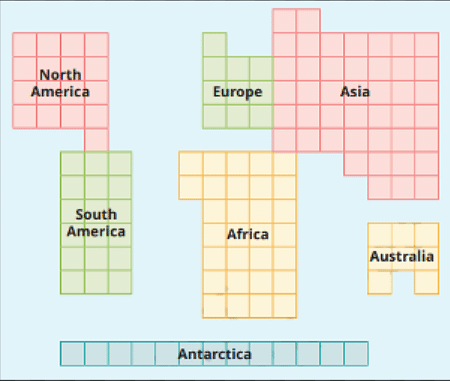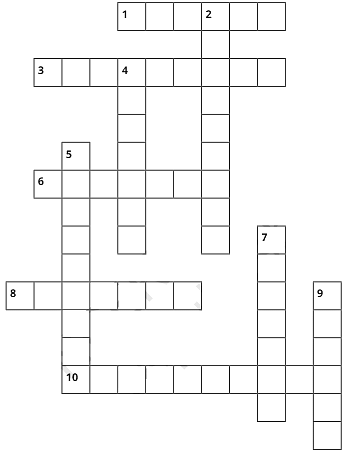Chapter 01 Locating Places on the Earth Solutions
November 5, 2024Chapter 03 Landforms and Life Solutions
November 5, 2024Chapter 02 Oceans and Continents Text Book Solutions
The Big Questions (Page 27)
Q1: What are oceans and continents? What are their names and their distribution?
Ans: Oceans are vast bodies of saltwater that cover almost three-fourths of the Earth’s surface. There are five major oceans: the Pacific Ocean, Atlantic Ocean, Indian Ocean, Arctic Ocean, and Southern (or Antarctic) Ocean. Continents are large continuous expanses of land. There are seven commonly recognized continents: Africa, Antarctica, Asia, Australia, Europe, North America, and South America.
Q2: In what ways do oceans and continents impact life on Earth, including human life?
Ans: Oceans and continents play vital roles in shaping the Earth’s climate, geography, and ecosystems. Oceans regulate the Earth’s climate and weather patterns through the water cycle, which includes rainfall and evaporation. They are home to diverse marine life and produce more than half of the world’s oxygen, making them essential for sustaining life.
Continents provide habitats for various plant and animal species, including humans. They have influenced human history, culture, and civilization by providing land for agriculture, habitation, and development. Continents and their features, such as mountains, rivers, and forests, affect local climates and weather patterns. Additionally, oceans and continents facilitate trade, travel, and cultural exchange, impacting human societies globally.
Back Exercises (Page 39)
Q1: Explain the following terms:
(a) Continent
Ans: A continent is a large continuous expanse of land on Earth. There are seven commonly recognized continents: Africa, Antarctica, Asia, Australia, Europe, North America, and South America.
(b) Ocean
Ans: An ocean is a vast body of saltwater that covers almost three-fourths of the Earth’s surface. The five major oceans are the Pacific, Atlantic, Indian, Arctic, and Southern Oceans.
(c) Island
Ans: An island is a smaller landmass completely surrounded by water. Islands can vary in size from small rocks to large landmasses like Greenland.
Q2: Let us draw – Without looking at the maps in this chapter, draw the continents freehand on a sheet of paper and color them. Then compare your drawing with the map of oceans and continents in the chapter.
Ans: This activity requires students to draw and color the continents from memory and then compare their drawings with the maps provided in the chapter.

Q3; Let us do – On the outline map of the world given below, label all the continents and oceans.
Ans: Label the continents (Africa, Antarctica, Asia, Australia, Europe, North America, South America) and oceans (Pacific, Atlantic, Indian, Arctic, Southern) on the provided map.
Q4: Solve this crossword:

Across
- Abundantly produced by the oceans
Ans: Oxygen - A large expanse of landmass
Ans: Continent - A large continent of which India is a part
Ans: Asia - A major source of pollution of the oceans
Ans: Plastic - The coldest continent
Ans: Antarctica
Down
2. The largest island on Earth
Ans: Greenland
4. A huge destructive wave from the ocean
Ans: Tsunami
5. The smallest continent
Ans: Australia
6. The largest body of water on the Earth
Ans: Pacific Ocean
7. A landmass (but not a continent) surrounded by the sea or ocean
Ans: Island

